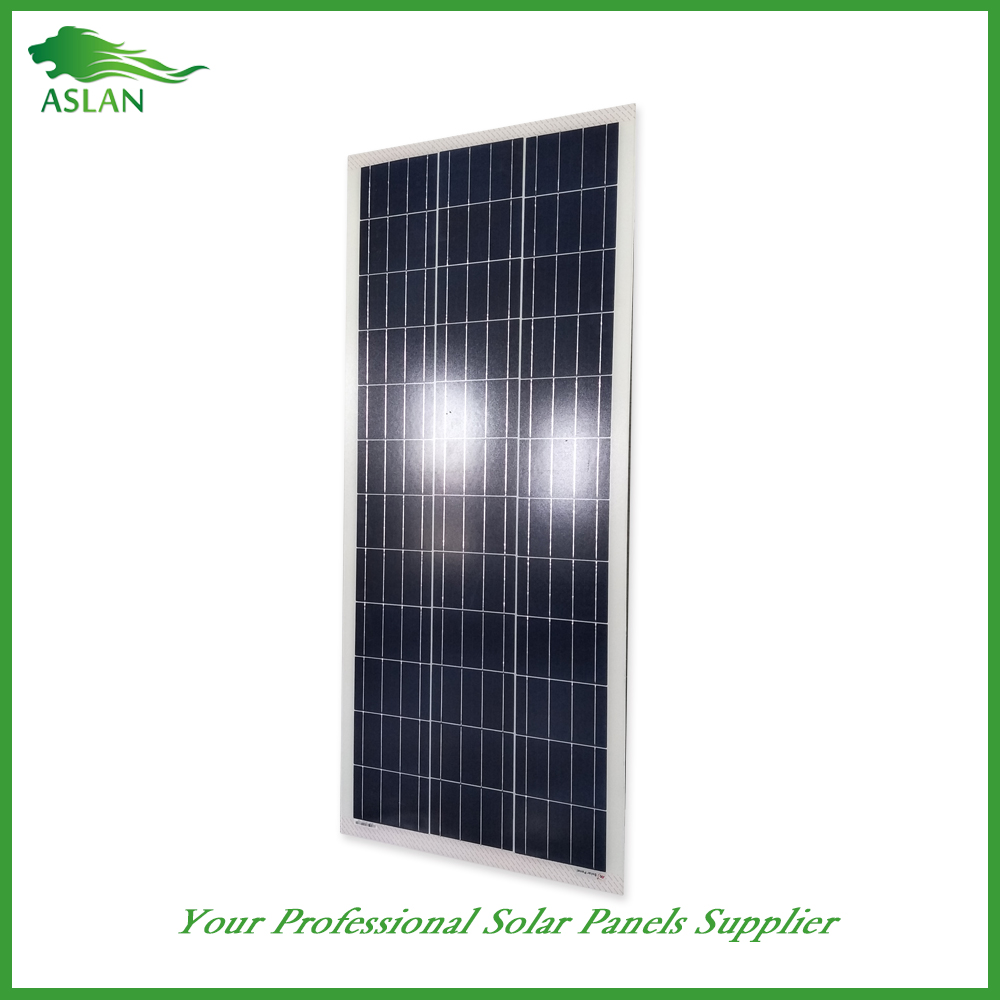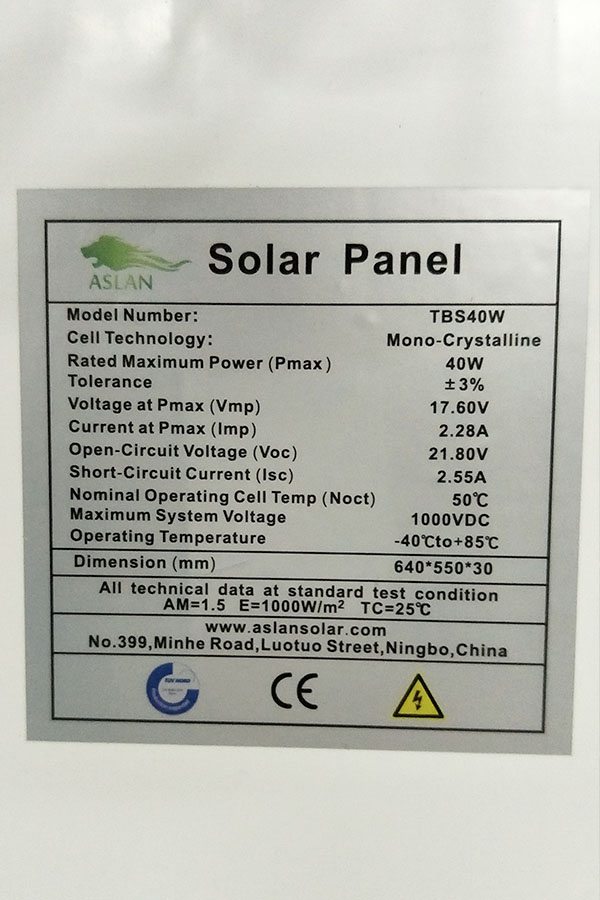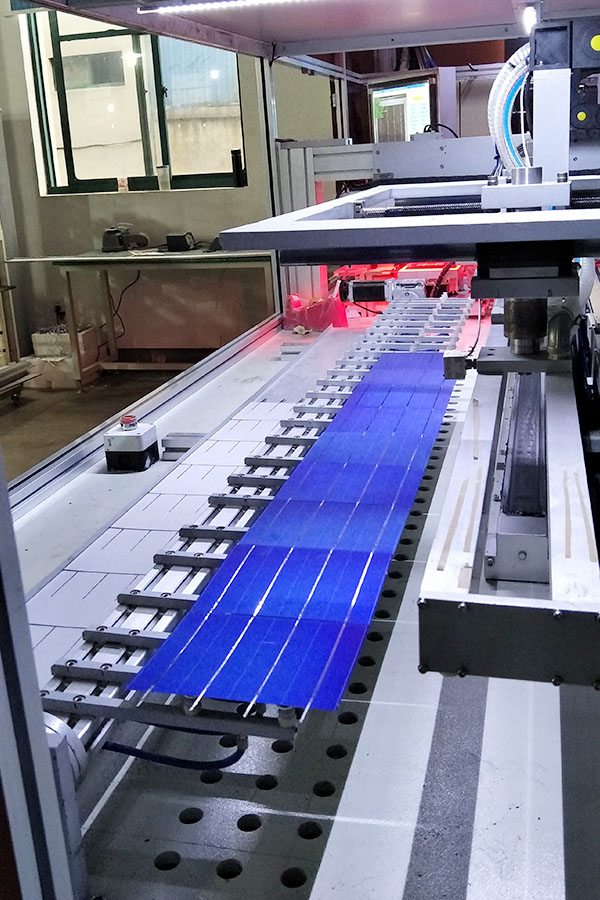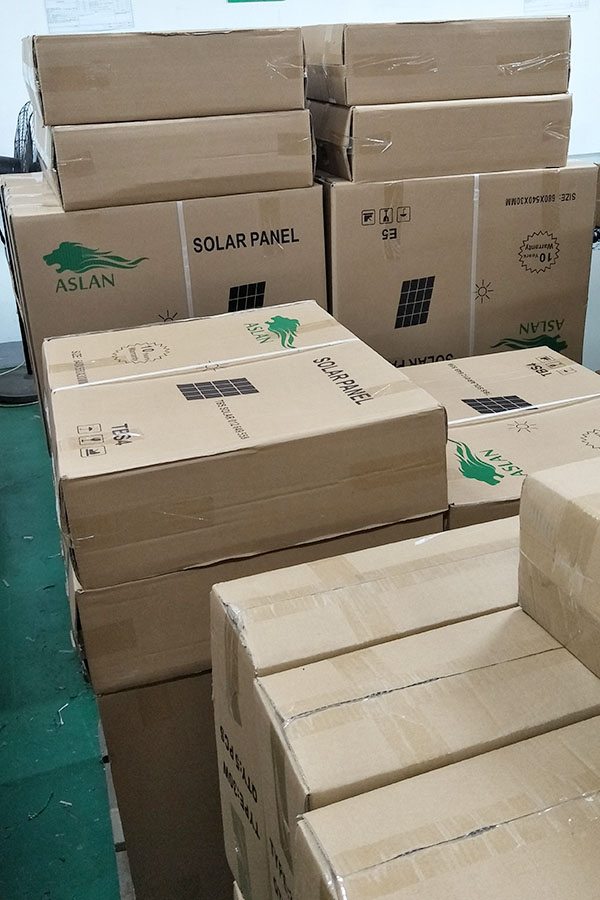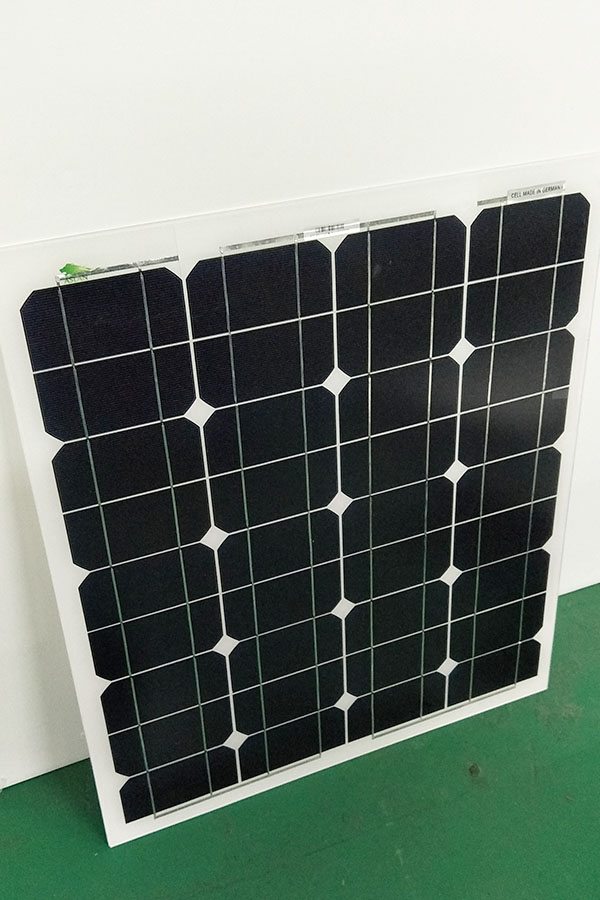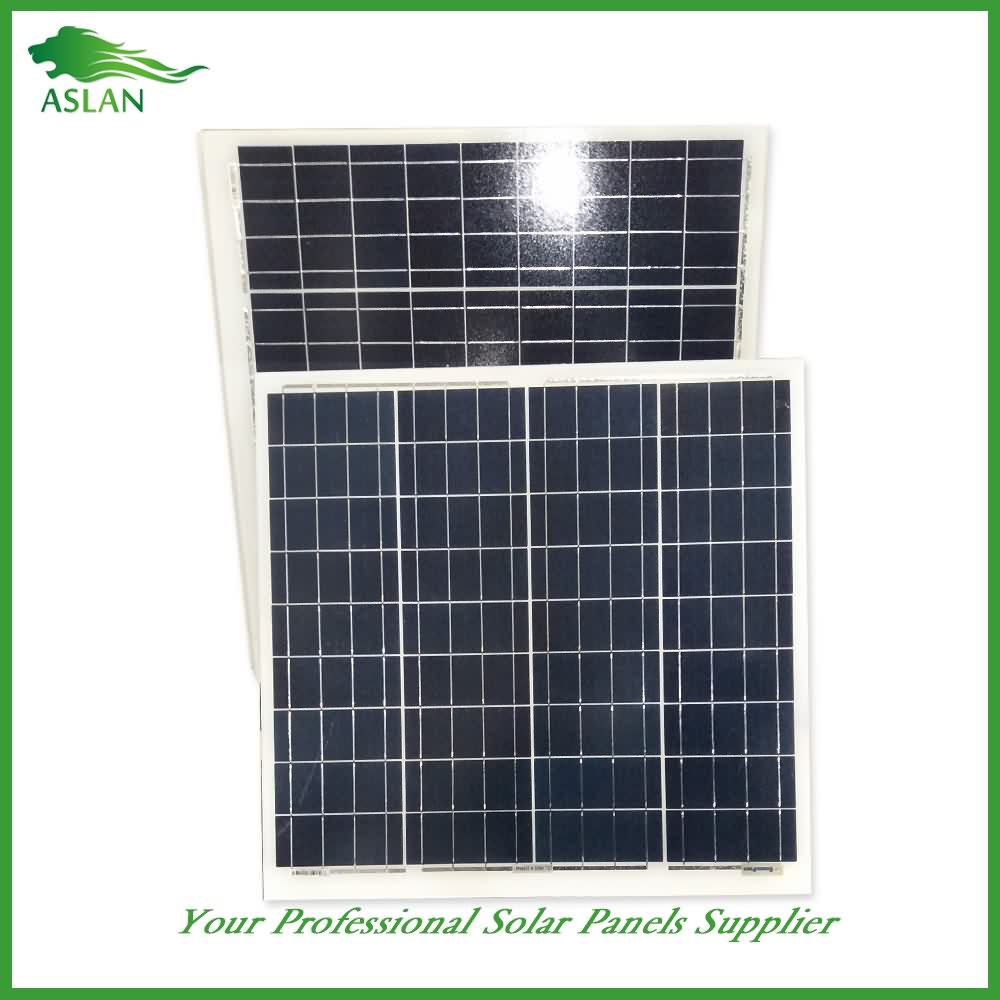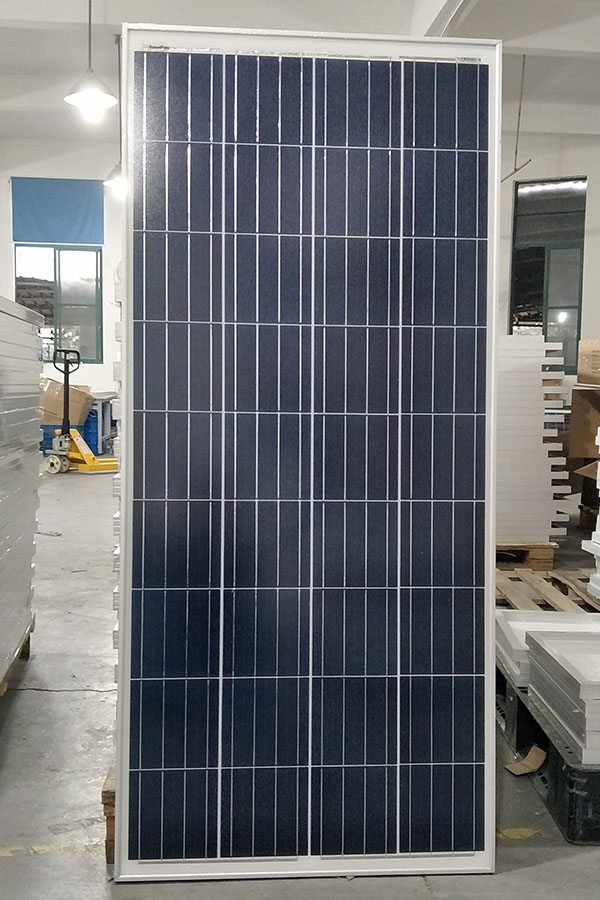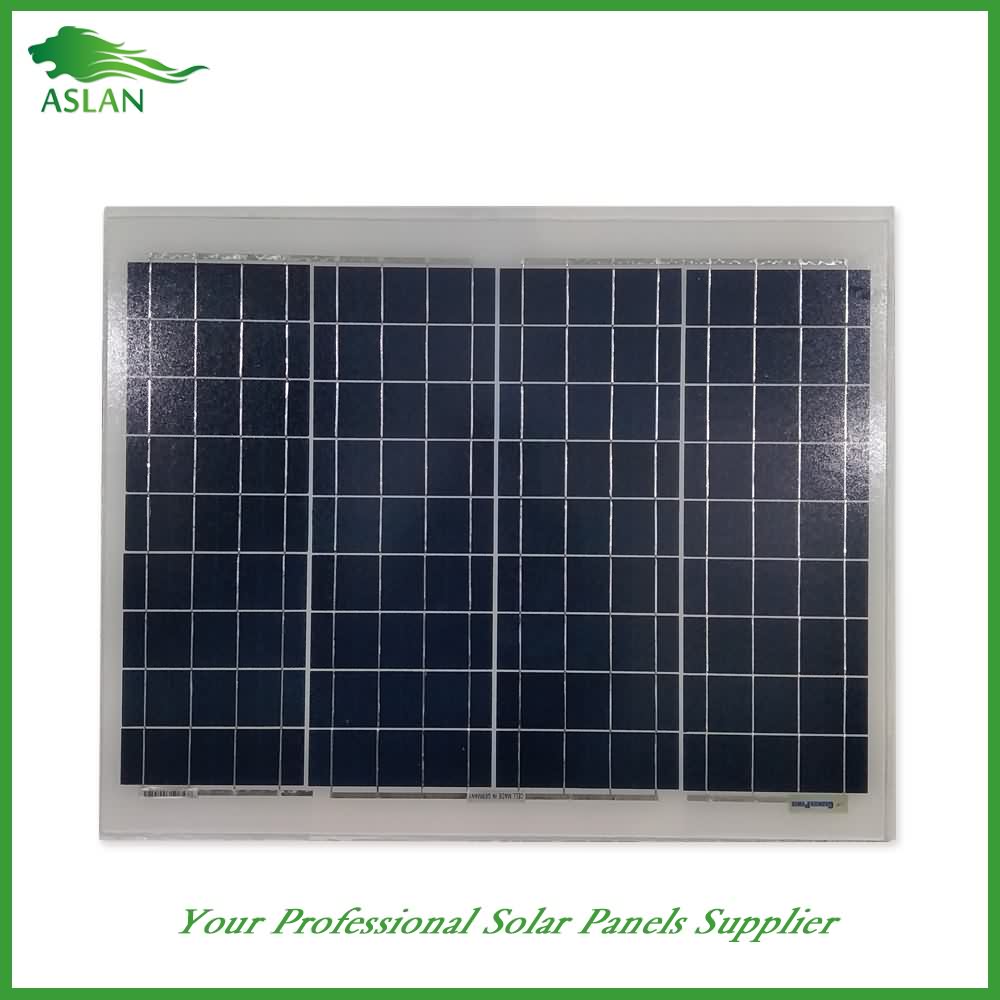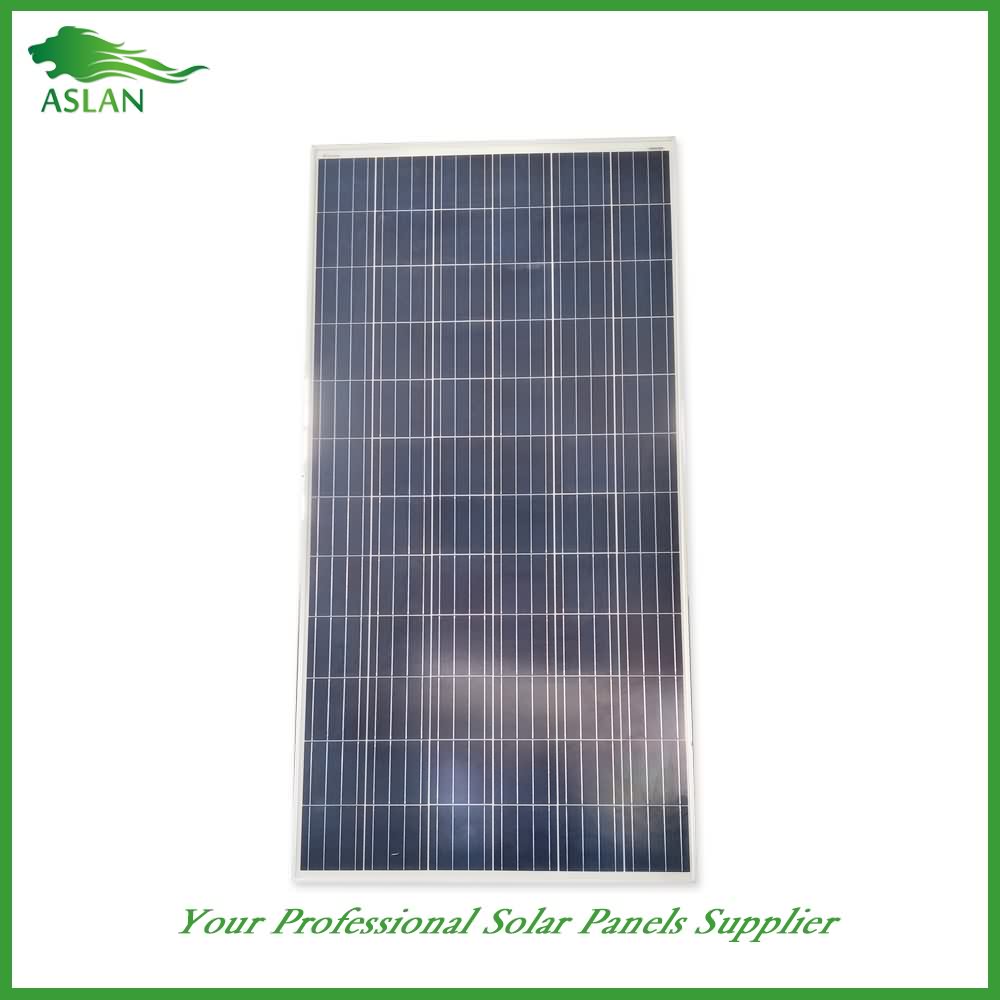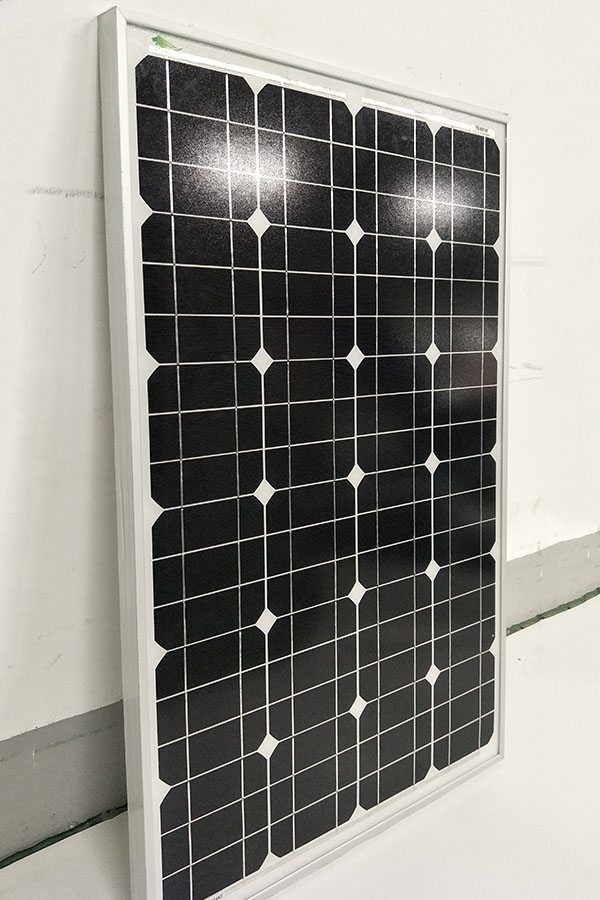Factory Price Poly-crystalline Solar Panel 100W Portugal Manufacturer
Short Description:
We always continually provide you with the most conscientious customer service, and the widest variety of designs and styles with finest materials. These efforts include the availability of customized designs with speed and dispatch for Factory Price Poly-crystalline Solar Panel 100W Portugal Manufacturer, As we are moving forward, we keep an eye on our ever-expanding product range and make improvement to our services.
Technical parameter
Maximum Power(W) 100W
Optimum Power Voltage(Vmp) 17.87V
Optimum Operating Current(Imp) 5.60A
Open Circuit Voltage(Voc) 21.45V
Short Circuit Current(Isc) 6.17A
Mechanical Characteristics
Cell Type Polycrystalline 156x104mm (6 inch)
No of Cell 36 (4x9pcs)
Dimensions 1120x678x35mm
Weight 9.7KGS
Front Glass 3.2mm,High Transmission, Low Iron,Tempered Glass
Junction box IP65 Rated
Output Cable TUV 1×4.0mm2/UL12AWG,Length:900mm
Temperature and Coefficients
Operating Temperature(°C): -40°C ~ + 85°C
Maximum System Voltage: 600V(UL)/1000V(IEC) DC
Maximum Rated Current Series: 15A
Temperature Coefficients of Pmax: -0.435%
Temperature Coefficients of Voc: -0.35%
Temperature Coefficients of Isc: 0.043%
Nominal Operationg Cell Temperature (NOCT): 47+/-2°C
Materials of solar panel
1).Solar Cell——Polycrystalline solar cell 156*52mm
2).Front Glass——-3.2mm, high transmission, low iron, tempered glass
3).EVA——-excellent anti-aging EVA
4).TPT——-TPT hot seal made of flame resistance
5).Frame——anodized aluminum profile
6).Junction Box——-IP65 rated, high quality, with diode protection
Superiority: high quality anodized aluminum frame, high efficiency long life, easy installation, strong wind resistance, strong hail resistance.
Features
1. High cell efficiency with quality silicon materials for long term output stability
2. Strictly quality control ensure the stability and reliability, totally 23 QC procedures
3. High transmittance low iron tempered glass with enhanced stiffness and impact resistance
4. Both Poly-crystalline and Mono-crystalline
5. Excellent performance in harsh weather
6. Outstanding electrical performance under high temperature and low irradiance
Quality assurance testing
Thermal cycling test
Thermal shock test
Thermal/Freezing and high humidity cycling test
Electrical isolation test
Hail impact test
Mechanical, wind and twist loading test
Salt mist test
Light and water-exposure test
Moist carbon dioxide/sulphur dioxide
When Canada’s top-ranked whitewater kayaker Ben Hayward (vanstarter.com) decided to pursue his Olympic dream, he began a life on the road racing in Europe. To afford this itinerant lifestyle, he crafted a 72-square-foot wooden home on the back of a flatbed truck, dubbing it the “Hobbit Van” for it’s big, round door and butterfly-style windows.
Hayward, and a friend from Wales, worked “7 straight days to source, insure, design, and construct every component for a homemade demountable camper”. His new home cost him 9,500 Canadian dollars (about $7,300 U.S.): $2000 for the truck, $1500 for the wood and $6000 dollars for the appliances, solar panels and wind turbine.
The insurance was an additional $3000. “After buying the truck the first thing I did was spend 3 days trying to insure the thing. It was incredibly difficult to insure a crazy, wacky vehicle for a non-resident of the UK, especially because this was my first car I’ve ever bought, I have no driving record whatsoever.”
With only a small nest egg, Hayward raised most of the funds through crowdfunding on his site vanstarter.com (he continues to solicit donations to cover living expenses).
The tiny space was an easy fit for Hayward. “I live out of a suitcase so much of the year so I’ve been kind of doing this for a long time. For many years prior to this I was really trying to figure out what are the bare essentials that I need while I’m over in Europe for a month or two months at a time. I was like well I’ve got my bare essentials suitcase, it was really an additive process rather than a subtractive process.” Now when Hayward is back home in Canada he says he misses his house on wheels.
Original story: https://faircompanies.com/videos/elite-kayaker-builds-hobbit-van-for-life-on-the-road/
UNSW School of Photovoltaic and Renewable Energy Engineering
Emergence of Perovskite Solar Cells
Scientia Professor Martin A. Green, AM, FAA, FTSE, FIEEE, FRS
UNSW SPREE, Australian Centre for Advanced Photovoltaics
To view complete with slides:
http://www2.pv.unsw.edu.au/videos/Martin-Green-10July2014
Homepage: http://www.pv.unsw.edu.au
The past two years has seen the uniquely rapid emergence of a new class of solar cell based on mixed organic-inorganic halide perovskites. Although the first efficient solid-state perovskite cells were reported only in mid-2012, progress was extremely rapid during 2013 with energy conversion efficiency reaching a confirmed 16.2% at year-end, increasing to a confirmed 17.9% efficiency in early-2014, with unconfirmed values as high as 19.3% claimed. Moreover, a broad range of different fabrication approaches and device concepts is represented amongst the highest performing devices with this diversity suggesting performance is still far from fully optimised. This report briefly outlines notable achievements to date, describes the unique attributes of these perovskites leading to their rapid emergence and discusses the challenges facing the successful development and commercialisation of perovskite solar cells.
Brief Bio:
Professor Martin A. Green is the author of six books, twenty-one book chapters and over three hundred research papers in photovoltaics. He is currently the director of the Australian Centre for Advanced Photovoltaics funded by the Australian Renewable Energy Agency (ARENA).
Some of Professor Green’s Awards:
1982 Pawsey Medal (Australian Academy)
1988 Award for Outstanding Achievement in Energy Research
1990 IEEE Cherry Award
1992 CSIRO External Medal
1995 IEEE Ebers Award
1999 Australia Prize
2000 Gold Medal from the Spanish Engineering Academy
2000 Medal of Engineering Excellence for Distinguished Achievement in the Service of Humanity from the World Engineering Federation (Hannover, 2000),
2000 Millennium Award from the World Renewable Congress
2002 Right Livelihood Award
2003 Karl Böer Solar Energy Medal of Merit Award from the University of Delaware
2006 Finalist, European Inventor of the Year (together with Stuart Wenham)
2008 Winner, 2008 Scientist of the Year Award
2009 Zayed Future Energy Prize finalist, recognized at the award ceremony for his ground breaking research in photovoltaic (PV) technology that will result in increased efficiencies, bringing solar energy closer to grid parity.
2013 Foreign Member of the Royal Society (ForMemRS) of London
